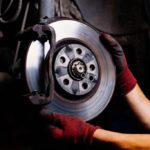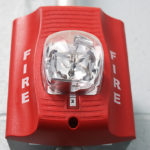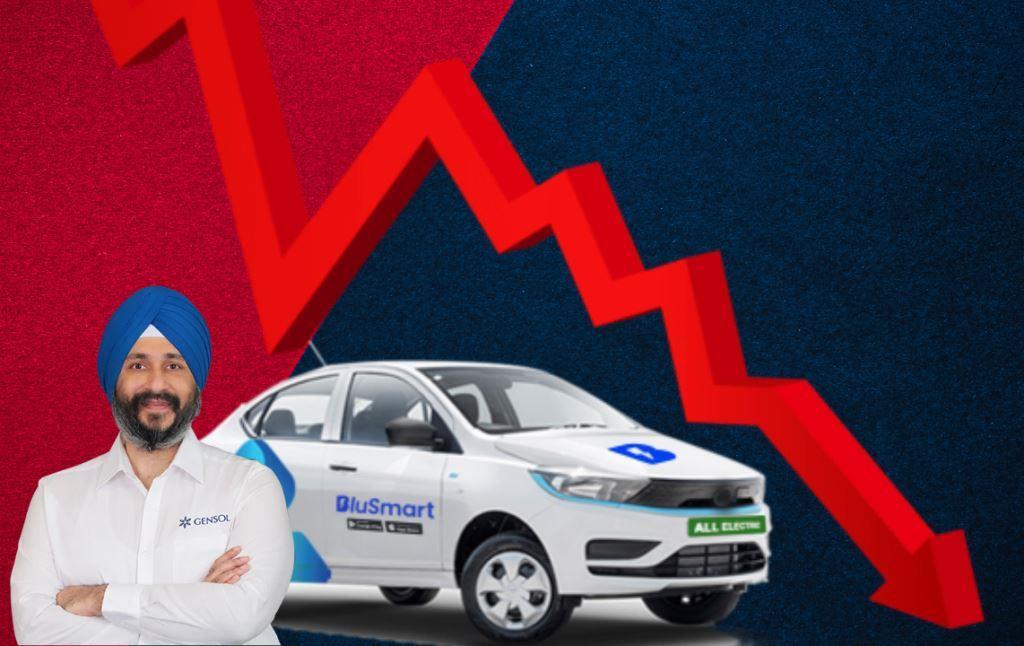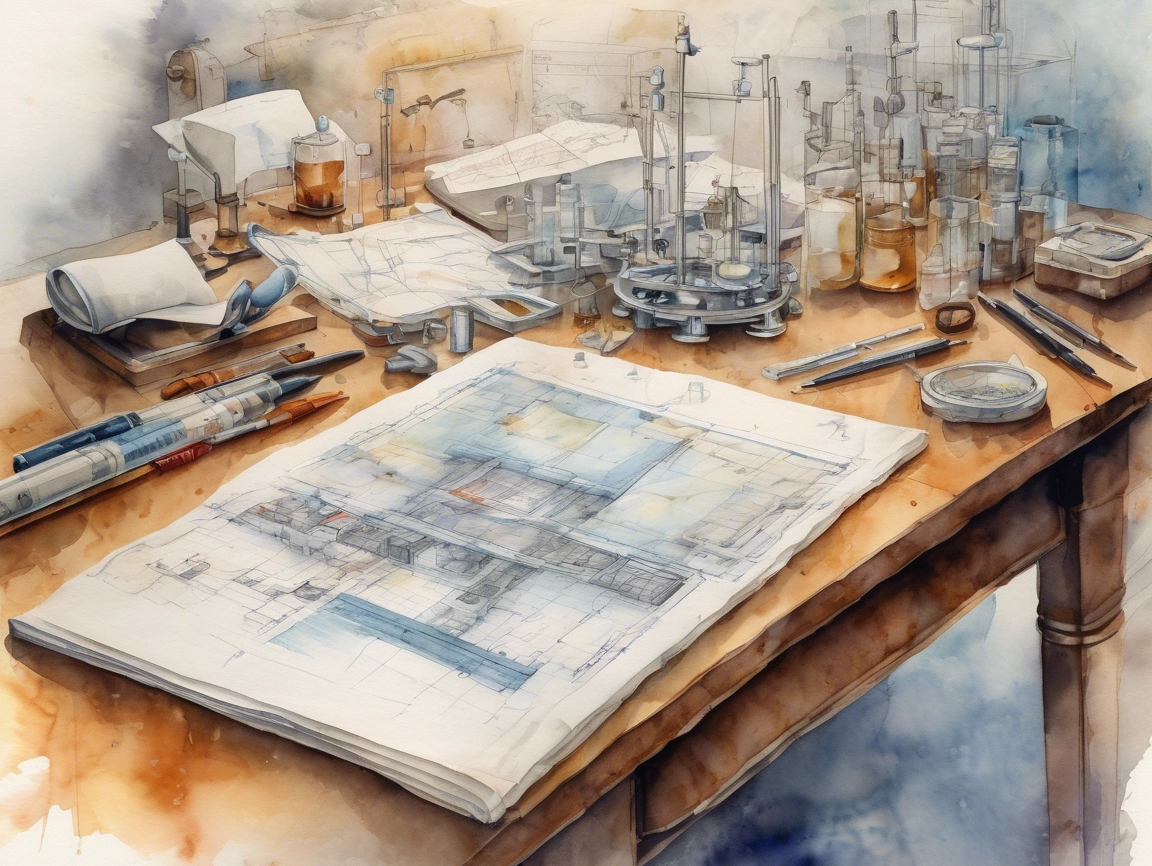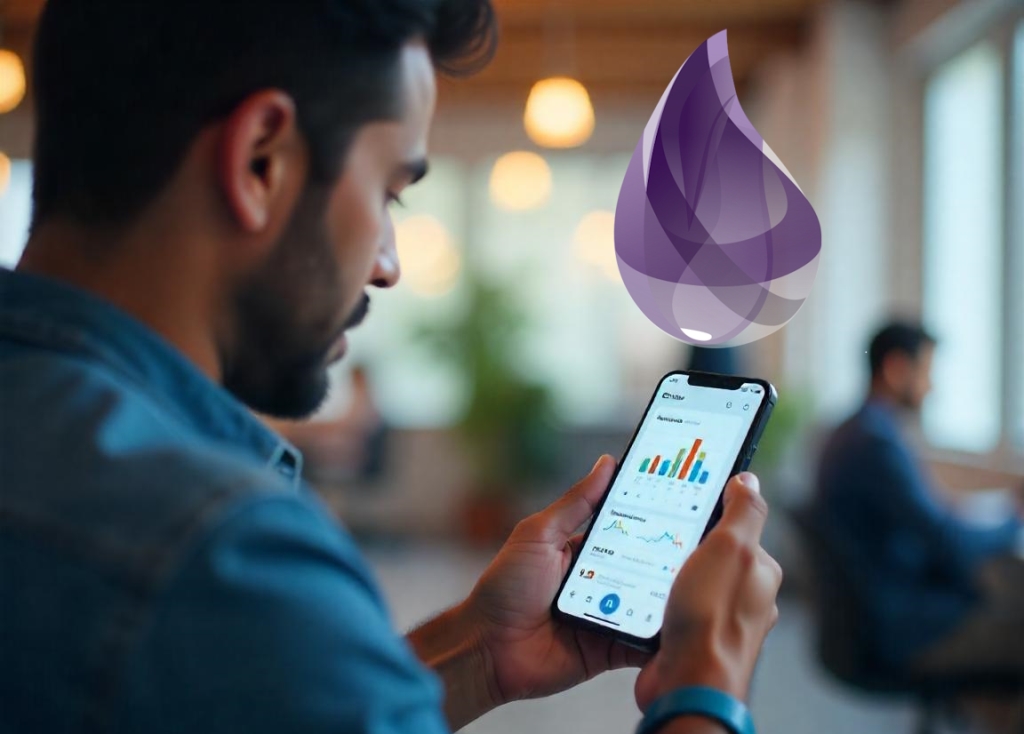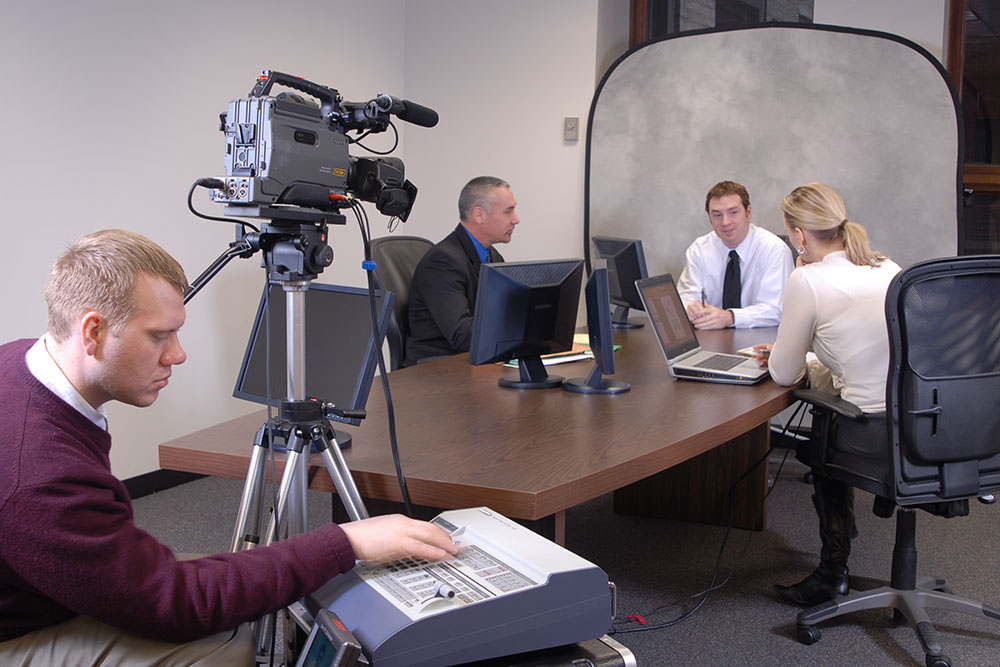
Ideally, when dealing with trials related to accidents, a lawyer is supposed to be able to communicate amazingly well, cross-examine with great shrewdness and deliver a closing statement that is nothing short of brilliant. At least, this is what all the classic courtroom dramas on the silver screen have led us to believe over the years. However, real-life is a trifle less ideal and a bit more mundane. A lawyer involved in an accident trial these days needs a bit more than a persuasive charm and/or a silver tongue to get the job done.
This is where technology steps in. Regardless of whether you’re dealing with a small fender-bender case or a Texas truck fire, technology can help you win your case and the day. Regardless of your skill at rhetoric, technology levels the playing field. Technology has changed the way evidence is presented and information explained. Everything from basic charts and diagrams to projectors, tablets and iPads can influence not only how you present your case but how it is perceived.
Videos
In the case of an accident trial, nothing beats seeing the course of events for oneself. You could spin eloquent sentence after sentence, arguing your side of things. However, one video clip can make your point for you in a quarter of the time. Consider this example. You are the plaintiff’s lawyer in a case in which it is alleged that the defendant was driving recklessly. You can call up plenty of witnesses who saw the defendant going to fast or swerving dangerously before the accident happened. But if you have CCTV footage of the actual accident that shows the defendant driving in a manner dangerous to anyone else on the road and then hitting the plaintiff’s vehicle – well, do you really need to do anything else?
Animations
When it comes to accident trial, a major part of the case depends upon how the accident happened. The sequence of events leading up to the accident, if determined accurately, can be critical in establishing fault. Traditional evidence in such cases comes in the form of expert testimony, photographs of the scene of the accident and even diagrams. None of these will have quite the impact of the accident being brought to life using animation. What we are talking about here is computer animation that can recreate the accident based on the evidence provided. Accident recreation can help determine what exactly happened to cause the accident and establish what party was at fault.
PowerPoint Presentations
Another powerful technological tool that is being increasingly used is the PowerPoint presentation or other such software. More and more lawyers use this tool to make their opening and closing statements more impactful. Such presentations act as a great visual aid to map the entire case. Presentations aren’t limited to merely bullet points. Lawyers incorporate photographic evidence, animations and video clips into the presentation and create a visual aid that can access any part of the evidence easily. Indeed, arguing against this becomes quite difficult considering all the evidence is already there in one presentation.
Trial Presentation Software
This type of software helps to organize and display exhibits in the trials such as videos and photographs. It also displays portions of deposition transcripts and documents and magnifies and projects them so that the members of the jury can examine the details closely. Some examples of such software are Trial Director and Sanction.
What technology can do very effectively is support your arguments in an accident trial. More and more lawyers are beginning to embrace technological tools as a means of making their case stronger. However, remember that while such tools are a great support, that is all that they are – a support. They can’t argue or communicate on your behalf. If you use these tools to prop up an inability to communicate or prop up a weak argument or if you plan to use tech tools as part of your presentation because that is what all the cool kids are doing, the whole effort is going to backfire. Also, you don’t need to get fancy in the type of tools you employ. A simple projector and laptop can do the job equally well.









